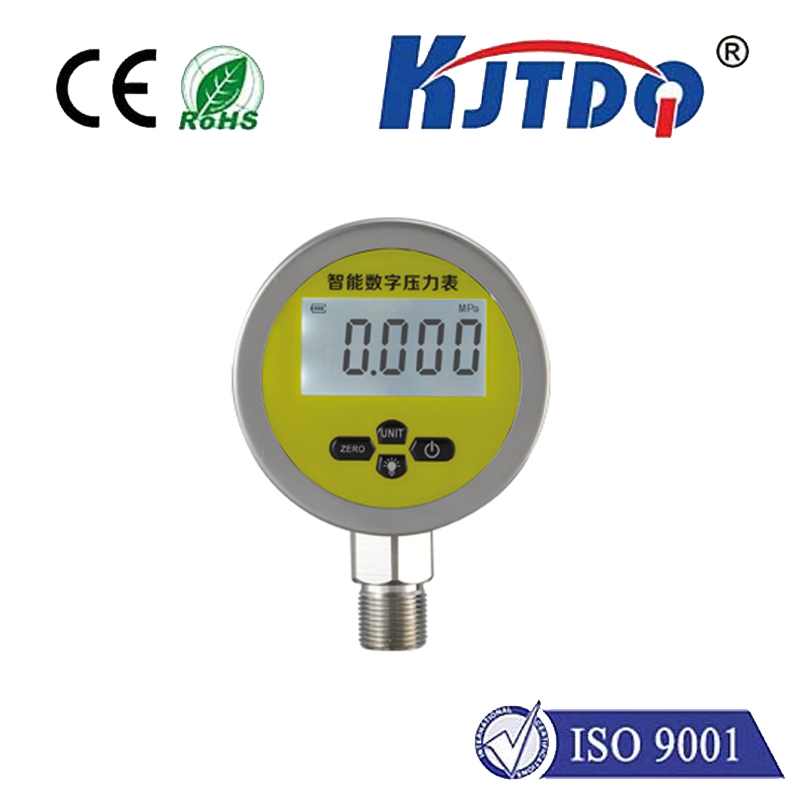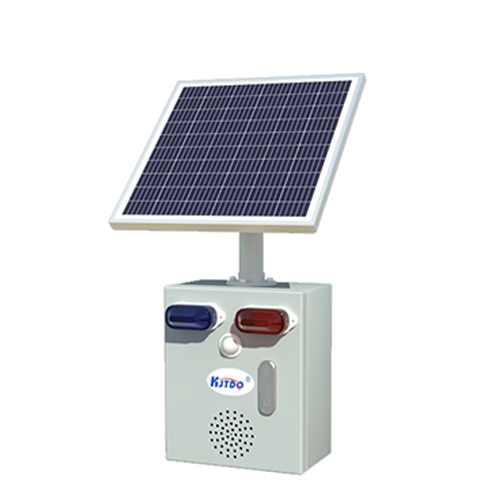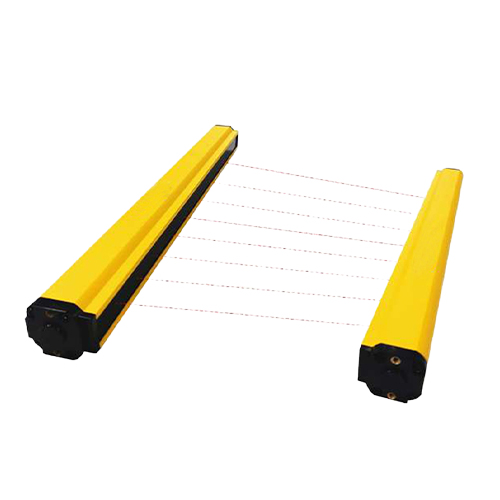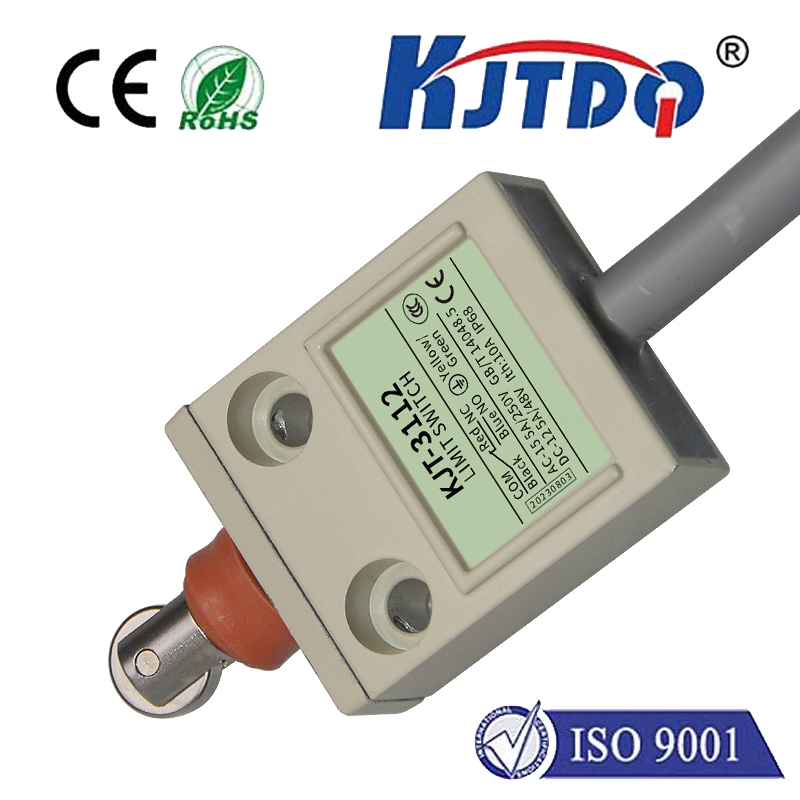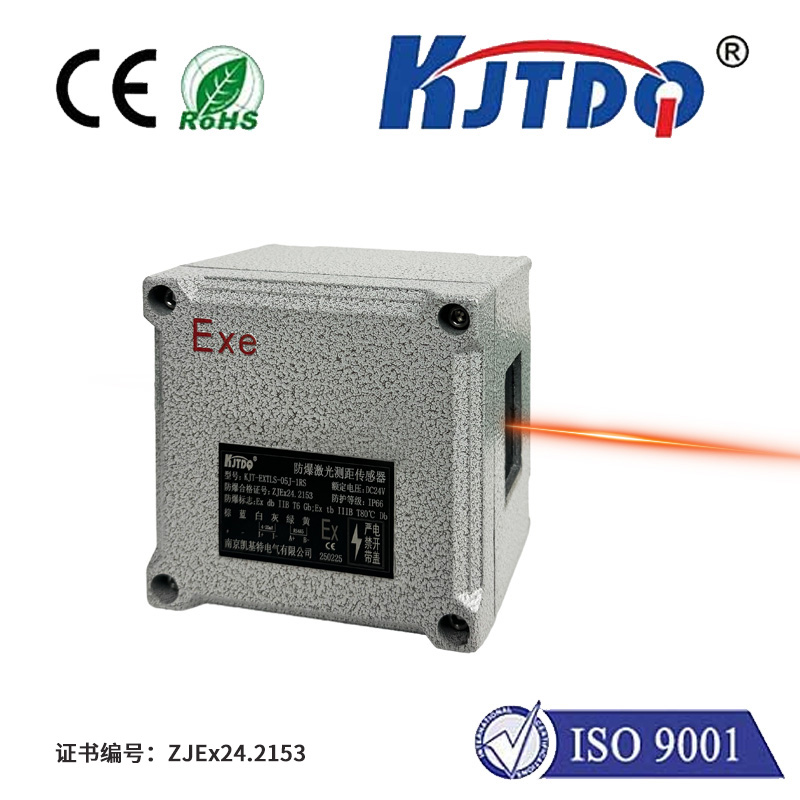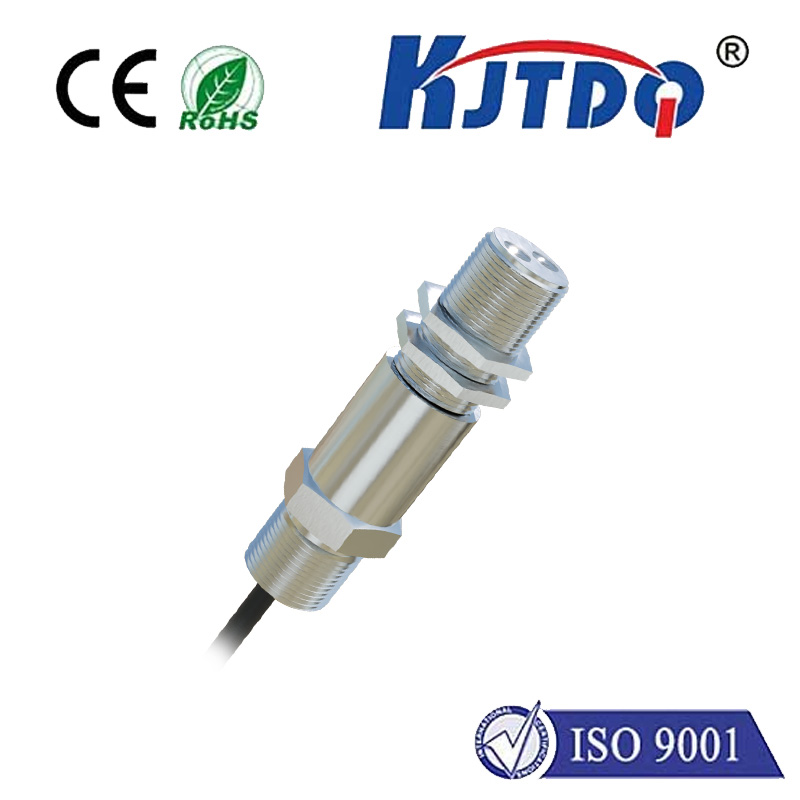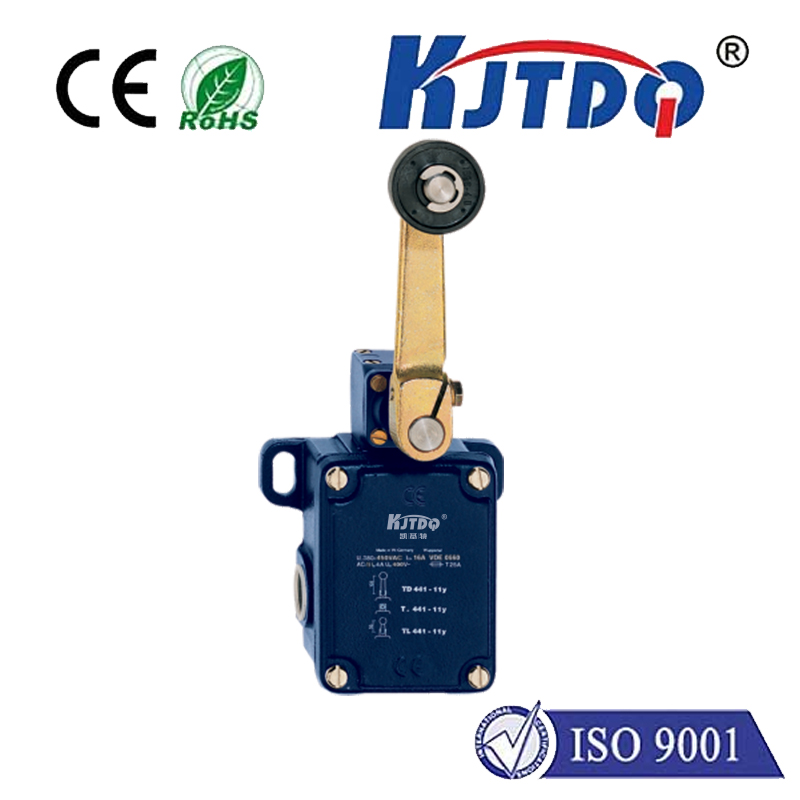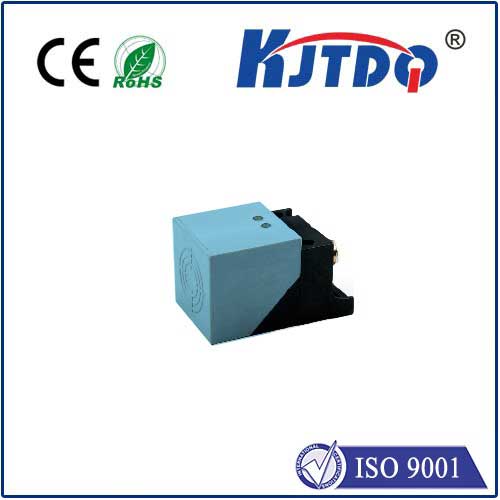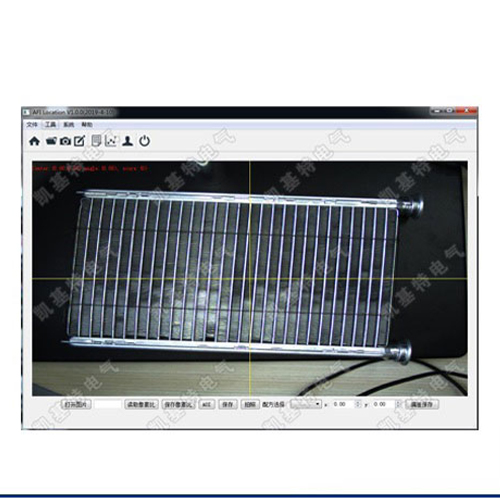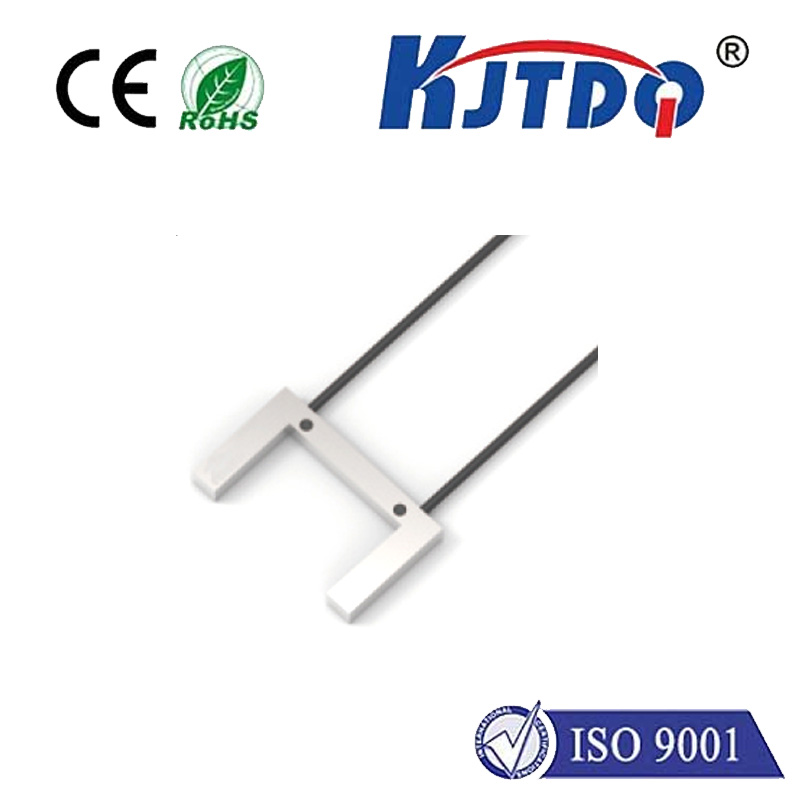

check

check

check

check

check

check

check

check

check

check
Title: The Versatility of NPN Photo Sensors in Modern Technology
In the ever-evolving landscape of modern technology, NPN photo sensors have proven to be a fundamental component for various applications. These sensors are not only crucial for detecting light but also play an integral role in enhancing efficiency and functionality across different industries. Let's delve into the world of NPN photo sensors and explore their significance.
What is an NPN Photo Sensor?
An NPN photo sensor is a type of electronic device that uses a semiconductor material to convert light signals into electrical currents. The 'NPN' refers to the type of transistor configuration used in the sensor, which stands for Negative-Positive-Negative, indicating the doping pattern of its semiconductor layers. When light falls on the sensor, it generates a photoelectric effect, resulting in the production of electron-hole pairs that create an electrical current. This response can be further processed by electronic circuits to perform specific tasks based on the detected light levels.
Applications in Industrial Automation

The sensitivity and precision of NPN photo sensors make them essential tools in industrial automation. They are commonly found in assembly lines where they serve as proximity sensors or position detectors. By accurately sensing the presence or absence of objects, these sensors help machines to perform actions like sorting, aligning, and packaging products automatically. Furthermore, NPN photo sensors can detect color variations or markings on products, ensuring quality control without human intervention.
Role in Home Appliances
NPN photo sensors aren't confined to industrial settings; they also enhance the performance of home appliances. For example, in air purifiers, these sensors detect the level of pollutants and adjust the fan speed accordingly. Similarly, in smart lighting systems, NPN photo sensors can regulate the amount of artificial light needed based on natural illumination, promoting energy efficiency. Their ability to respond to light changes makes them ideal for automatic night lights or security systems that activate based on movement detection.
Automotive Industry Innovations
Within the automotive industry, NPN photo sensors contribute to vehicle safety and convenience features. They are utilized in headlight dimming systems to sense the brightness of approaching vehicles and adjust the light intensity to prevent glare. Additionally, they play a critical role in daytime running lights, enabling cars to automatically switch on their lights under low-light conditions. Moreover, they assist in maintaining consistent instrument panel visibility by adjusting according to ambient light levels.
Medical Device Advancements
In the medical field, NPN photo sensors have become indispensable components of diagnostic equipment. For instance, pulse oximeters use these sensors to measure oxygen saturation in the blood. By emitting light through the patient's skin and measuring the amount reflected back, the sensor can determine vital health metrics. Such devices rely heavily on the accuracy of NPN photo sensors to provide reliable data for healthcare professionals.
Conclusion
As we have seen, NPN photo sensors possess remarkable versatility and are integral to many facets of technological innovation. From industrial automation to medical diagnostics, these sensors offer precise light detection capabilities that drive advancements in efficiency, reliability, and safety. As technology continues to advance, the demand for sophisticated components like NPN photo sensors will undoubtedly increase, solidifying their place at the forefront of modern innovation.
